

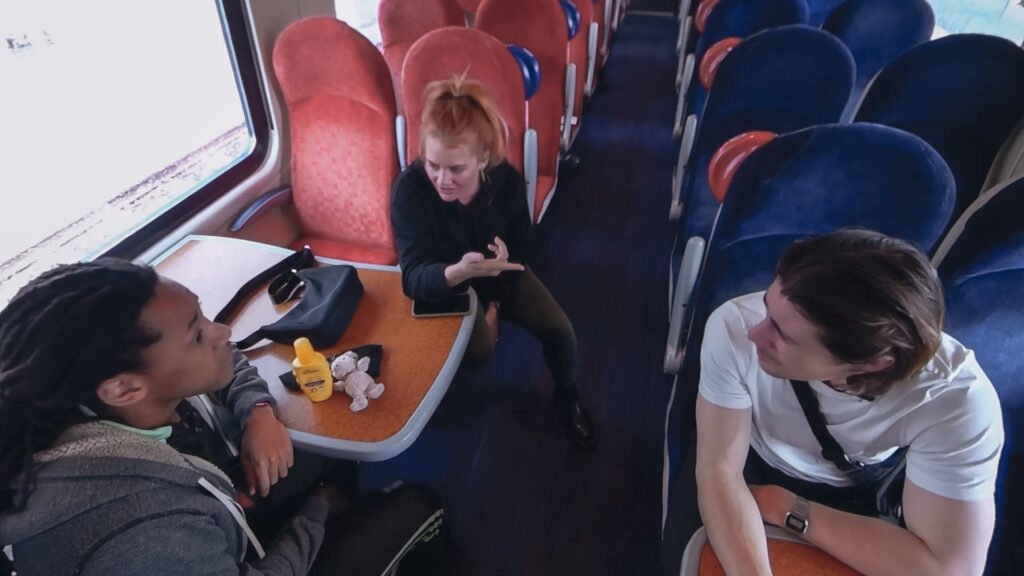
PROJECT
Empathy Lab
CLIENT
Chiltern Railways/ Crosscountry
DATE
October 2023
ROLE
UX/UI Designer
RESPONSABILTIES
Research, Narrative, UX & UI Design, Wireframing, Prototyping, User Testing
Empathy Lab: Revolutionizing Training Methods
The ‘Empathy Lab’ is a B2B project developed for CrossCountry and Chiltern Railways, designed as an immersive training tool for staff. It aimed to improve customer service by fostering empathy through interactive, scenario-based learning experiences in the transportation industry.
The Empathy Lab project delivered an innovative training solution that transformed how customer-facing staff develop empathy and handle conflicts, showcasing the effectiveness of virtual reality as a tool for immersive and engaging education. This approach redefined staff training by offering a cutting-edge method to enhance interpersonal skills in real-world scenarios.
My contribution to the Empathy Lab project has been instrumental in shaping the user experience and narrative. As a UX/UI designer, I played a crucial role in designing an intuitive and immersive interface that enhances the overall learning experience. Additionally, I was actively involved in preparing marketing content, including the editing of interviews with staff members after completing the VR experience. The positive feedback received underscores the project’s success in providing a transformative and effective training platform that fosters empathy and practical skills among customer-facing representatives.
Design Process
1. Empathize
User Research
Conceptualization
2. Ideate & Design
Storyboard creation
Narrative Development
Visual Design
Wireframing
3. User testing & Iteration
User Testing
Design Iteration
4. Deliver
Prototype development
My Role
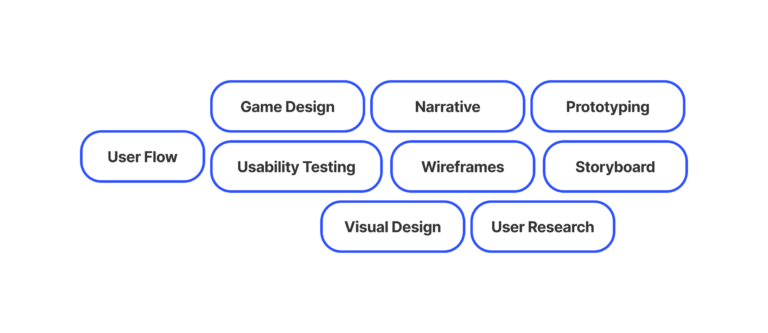
1. Empathize
Qualitative Research
We conducted interviews with railway staff to gain deeper insights into their roles, challenges, and expectations for the ‘Empathy Lab’ training experience. Below are examples of questions asked during the interviews to uncover valuable insights:
—What are the most common challenges you face during customer interactions on trains?
—How do you currently handle difficult or emotional situations with passengers?
—Can you describe a memorable experience where empathy played a key role in resolving a passenger issue?
—What kind of training methods do you find most engaging and effective?
Quantitative Research
We used surveys to analyze staff behaviors and preferences, aiming to identify patterns and trends relevant to their training needs.

—In a customer service training scenario, would you prefer:
A. Role-playing exercises that simulate real-time interactions with passengers.
B. Scenario-based training that allows you to proceed at your own pace.

—During assessments, do you prefer:
A. Multiple short quizzes throughout the training.
B. One comprehensive test at the end of the program.
2. Ideate & Design
Storyboarding



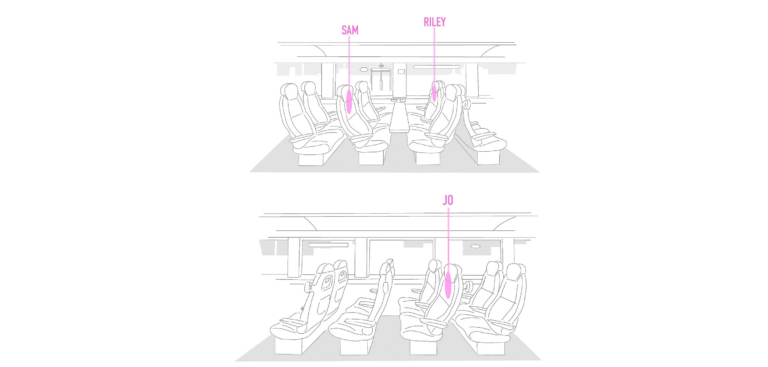


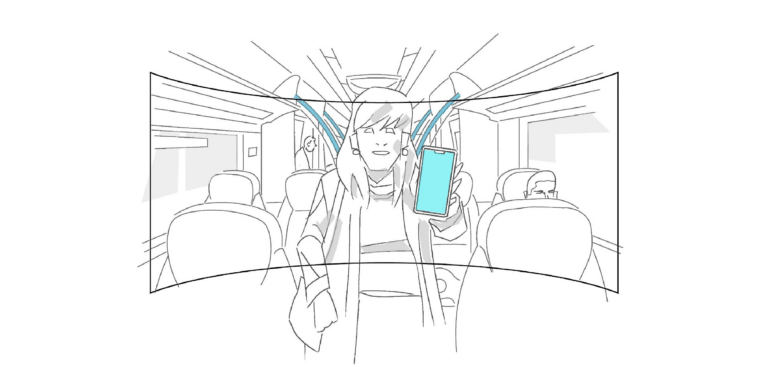


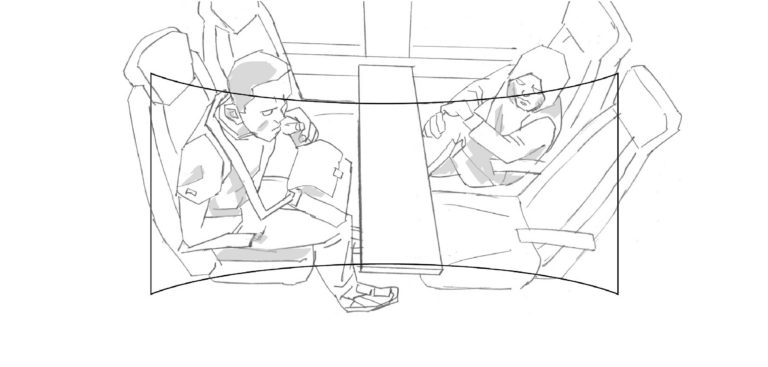
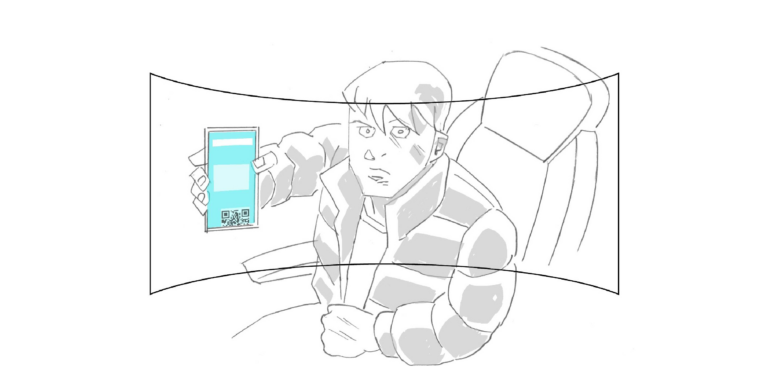
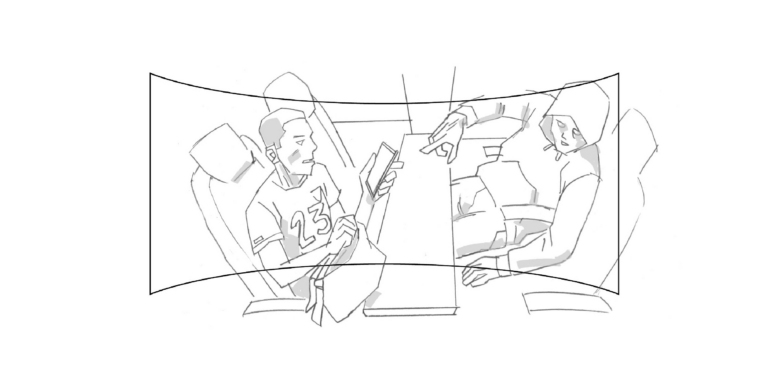
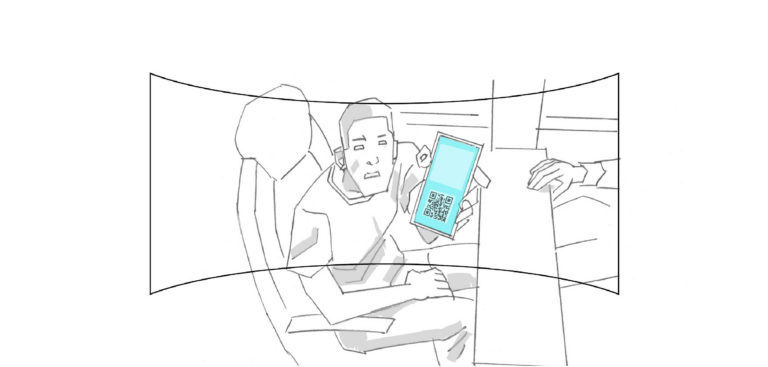
The narrative development was essential in shaping the project’s overall direction, ensuring it effectively conveyed the desired themes and scenarios. This narrative was then translated into a 360-degree video featuring actors, enhancing the immersive experience.
Wireframing









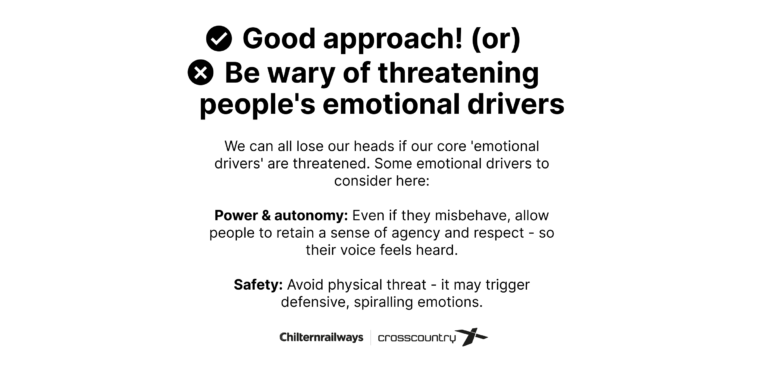



The experience featured a first-person narrative, immersing users in a scenario through the 360-degree video. Participants encountered various decision points, each leading to different outcomes based on their choices, emphasizing the importance of making empathetic decisions to prevent conflicts with railway customers.
Visual Design
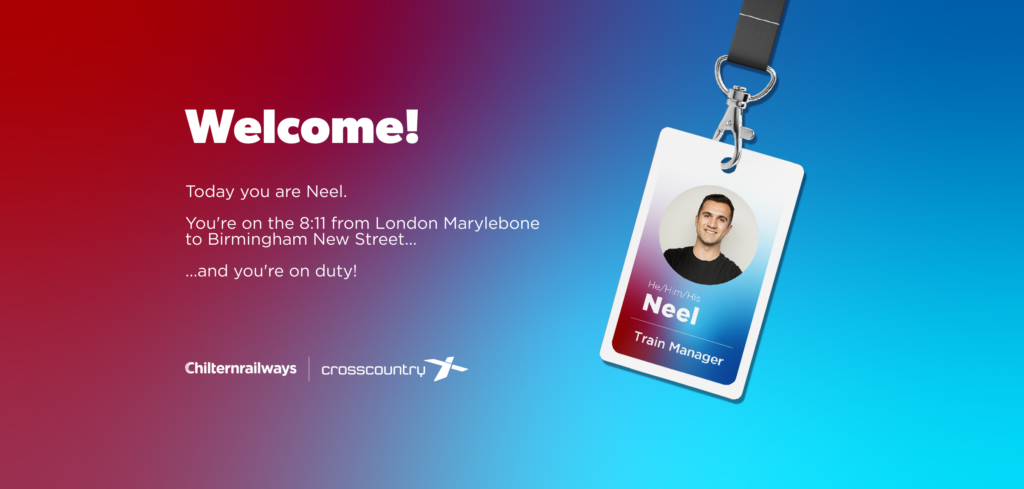


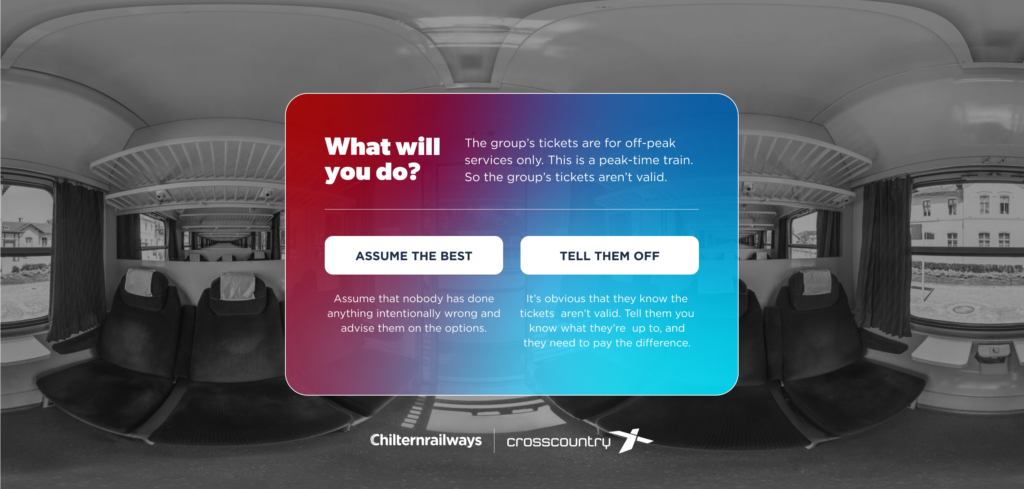
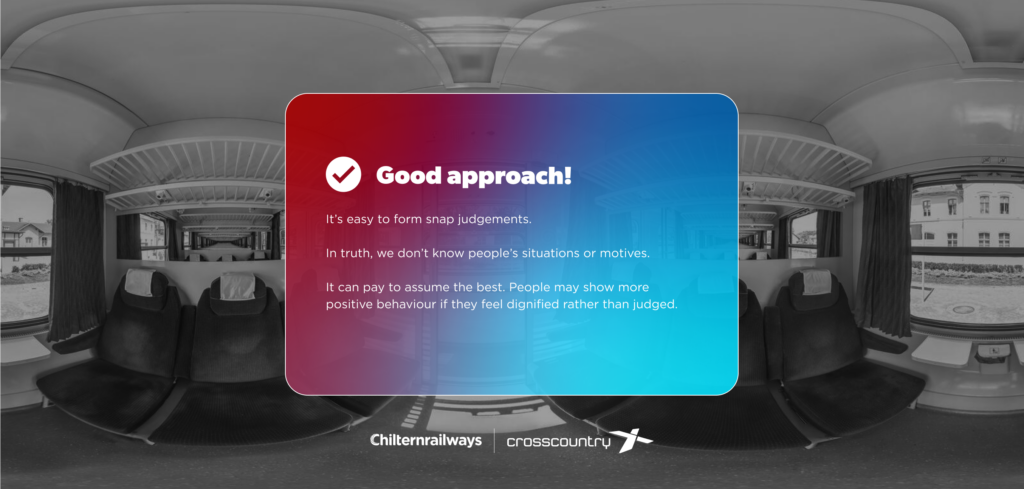
3. User Testing & Iteration
We conducted testing with our target audience, the staff of national railways, and received highly positive feedback. Participants not only enjoyed the new technology but also expressed that the immersive experience effectively engaged them in the training scenarios. Many reported feeling a strong sense of connection to the content, reinforcing the training’s relevance and impact on their ability to handle customer interactions with empathy.
Problems Found During Testing
During testing, we identified several issues that needed addressing. One significant problem was that users were accidentally skipping the initial screens while adjusting their headsets, causing them to miss important introductory content. To mitigate this, we added a pause feature on the first screens, ensuring users could fully engage before the narrative began. Additionally, we condensed the first two screens to streamline the information flow, sacrificing some aesthetic separation for improved clarity and retention of key details.
4. Deliver

The ‘Empathy Lab’ project successfully integrated innovative technology and engaging training methods, equipping railway staff with the skills to navigate customer interactions empathetically and effectively, ultimately fostering a more compassionate service culture within the organization.
